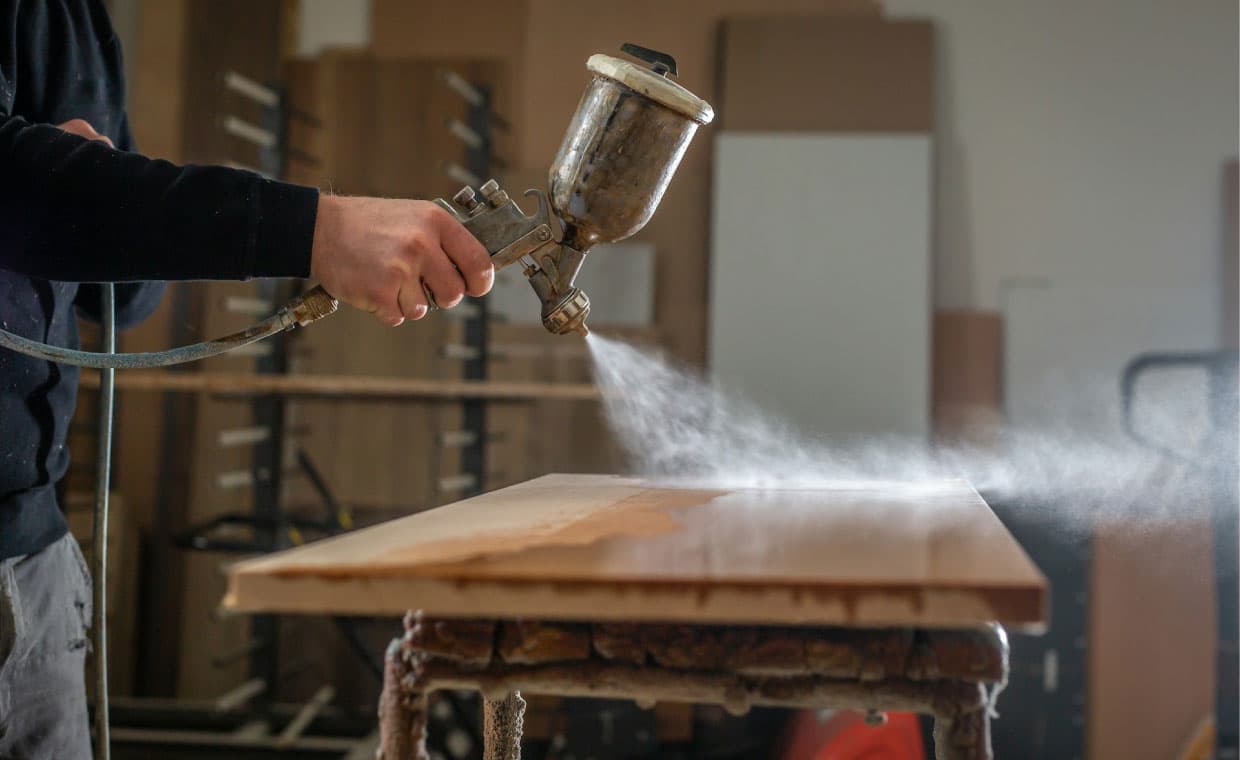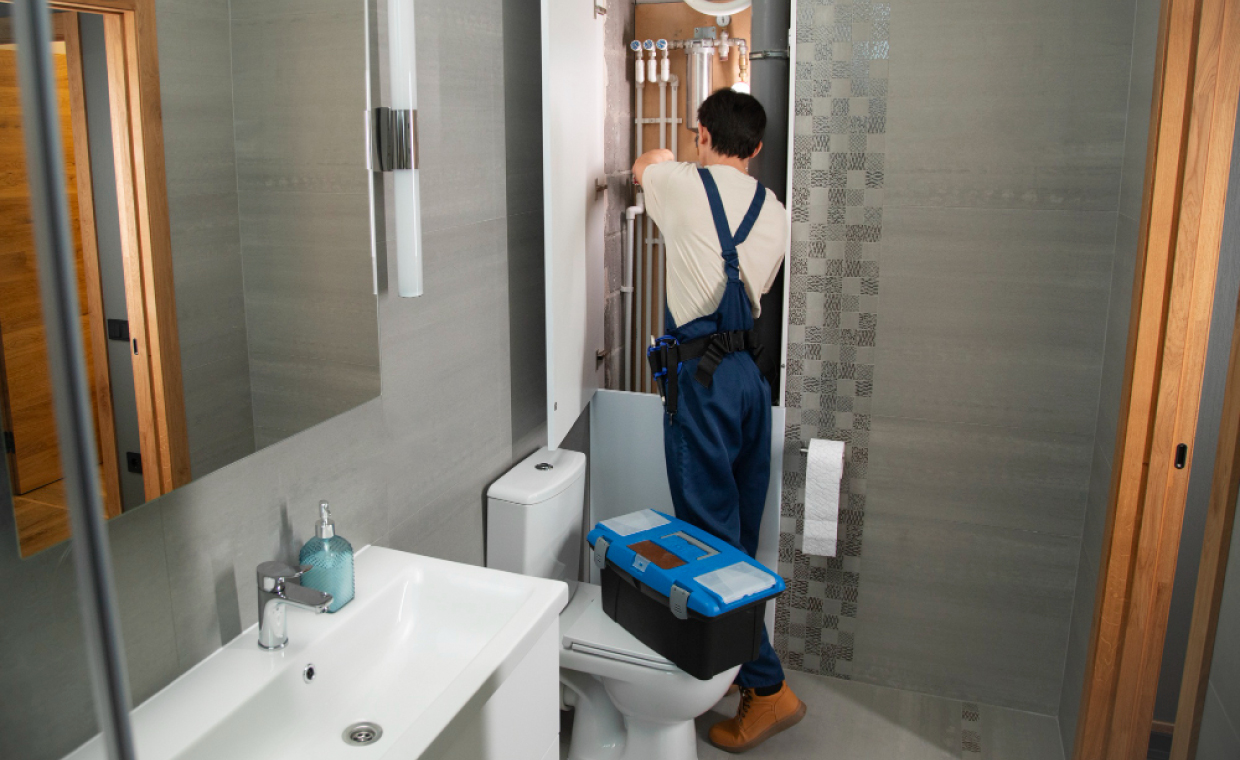
The war against pests at home is unending, but if you make some really well-thought-out design choices, you could actually spare yourself from most of these infestations. Rather than tackling pest problems as they arise, it’s far better to integrate preventative measures into the design and structure of one’s living space.
Some of the ways you may keep the environment free from pests include specific material usage, strategic landscaping, and recognizing architectural weak points.
How to Pest-Proof Your Home?
Here are some of the key strategies within the pest-proofing of smart design for your home.
01. Seal Entry Points

Even the tiniest crack or gap is an invitation to such very small creatures. This is a very important architectural feature related to entry points that each design of a pest-proof home should include.
The most common places of entry for pests like mice, ants, and spiders include doors, windows, and vents. Weather stripping and installation around windows with proper sealing could eliminate entry points.
Smaller pests might also be excluded using mesh screens on windows and vents, which would allow air to flow while keeping these insects out. Regularly check your foundation, walls, and roof for any cracks or gaps. Caulking and sealing such weak spots can go a long way in keeping pests out.
02. Use Materials That Deter Pests

Certain materials are natural deterrents of pests. For instance, termites, rodents, and insects do not find metal and concrete as inviting as wood. Other ways to make the infestation of termites less likely to attack include using treated wood in framing and foundations.
For the kitchen and bathrooms use vinyl and tile to make it hard for pests to find sources of food and water. Consider using pest-resistant roofing and siding material as well.
Examples include metal roofs, which are ultra-durable and long-lasting, are also less appealing for pests to call home inside since it’s very uneasy for them. Similarly, seal the cracks in materials like brick or stone because this keeps the pests away from finding entryways into your home.
03. Strategic Landscaping to Deter Pests

With some strategic planning for your garden and yard, the chances of inviting critters into your home can be reduced. Allow all plants and shrubs to be no closer than 18 inches to your house to avoid dense vegetation that may serve them as a place to hide and act like a bridge to the interior.
Similarly, plant species favoring pest infestation, such as fruit-bearing trees near the foundation of your structure, would attract insects and rodents.
Gravel or stone barriers installed around the outside edges of a home will help to keep pests away from its foundation. Pest-repelling plants, whether it be lavender, marigold, or citronella, could also be used to repel mosquitoes, flies, and lots of other insects. Proper draining is also needed, as standing water does breed mosquitoes and other pests.
04. Ventilation and Moisture Control

Pests like cockroaches, termites, and ants look for humid areas, making humidity and moisture control become vital. Be sure there is proper ventilation in crawl spaces, basements, and attics where moisture may build up. Ensure the design of your house has adequate venting, and dehumidifiers should be put to use to keep the humidity low in areas that may be prone to these conditions.
Materials like water-resistant drywall and tiles are recommended for places like the bathroom and kitchen where there is most likely going to be moisture. Correct drainage systems for sinks and appliances should similarly be designed into your practice.
05. Incorporating Pest-Proof Doors and Windows

Solid core wood and metal doors provide more protection from rodents than hollow core doors, which can readily be gnawed through by these pests. Thresholds for these doors should be equipped with rubber or metal thresholds to prevent pest entry beneath the doors. All windows should be equipped with heavy, fine-mesh screens. Screens should be regularly inspected for holes or tears.
This can be further fortified by installing an automatic door sweep or a kick plate against the entrance of insects and small animals. These are quite helpful in areas most prone to pest activity, like the basement, garage areas, or even porches.
06. Professional Pest Mitigation Solutions

Even with smart home design, the risk of pest infestation can be considerably reduced. In addition, professional pest control services provide further protection. As you engage Killingsworth Environmental, Inc. for pest elimination, consult with the team on their expertise level. When a particular pest continuously threatens a region, then the intervention of professionals is absolutely necessary, such as roulette termites in humid climates or rodents in urban areas.
Companies that specialize in pest control make sure you receive specific treatments, regular upkeep, and professional advice relating to the pests of your area. More comprehensive strategies can be solicited from those more familiar with this particular trade and who are able to seamlessly integrate their solutions with those of home design.
Endnote
With the right efforts, it’s easy to have a great-looking home, free from pests. Consider smart design elements combined with professional services for pest control. This helps you avoid headaches with infestations and costly repairs which are connected with pest infestations. The proactive approaches will create a pest-resistant home, maintaining your life’s quality.
Also Read: Top 7 Outdoor Pest Control Tips to Keep Pests Away from Your Home






























